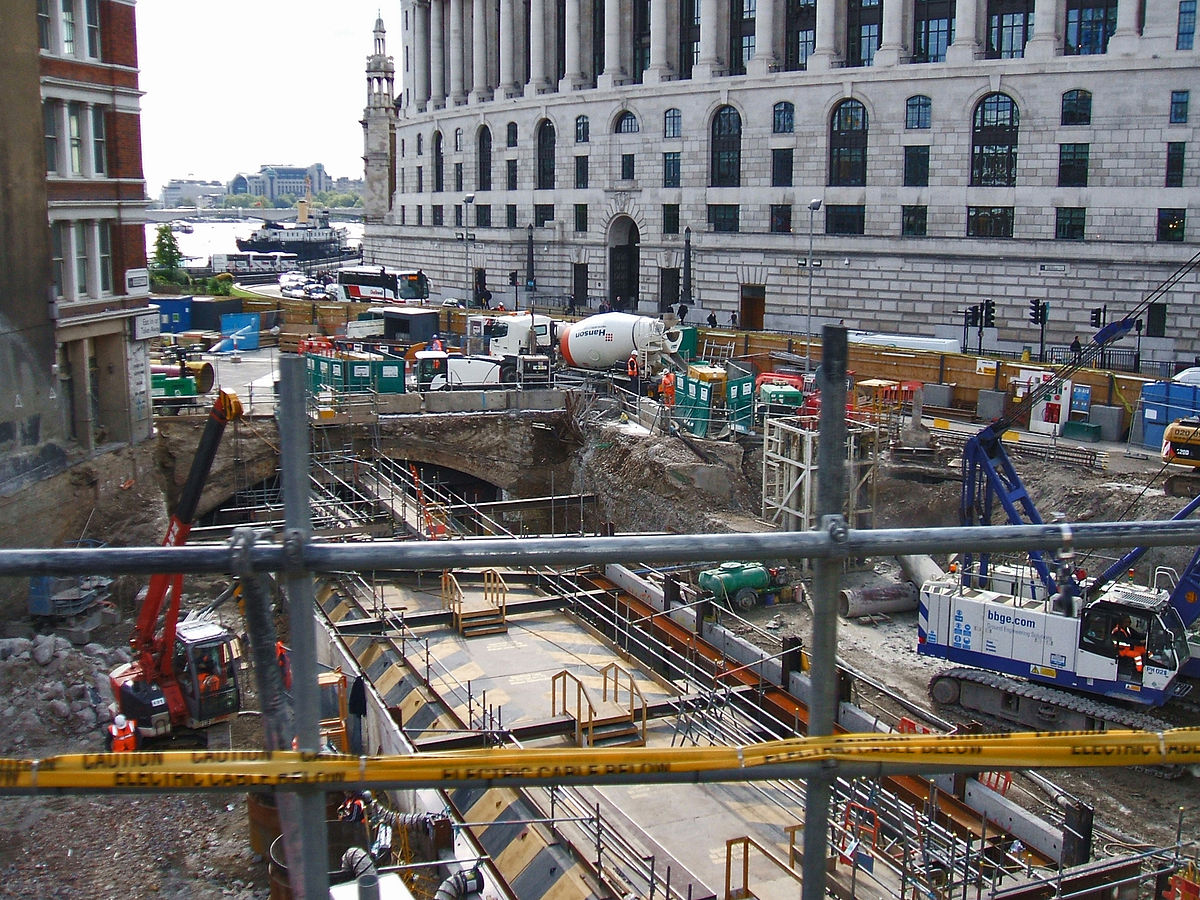Reality is that having just direct awarded and now going into a management contract, now is the time at least for the Government as purse-string-holders to bang out some rolling stock. No idea how they could achieve it, but given 387s aren't running at 110mph on the LNE they could do a cascade.
Without turning this into a 'Speculative Ideas', at the very least:
- Re-activate the 365s for Great Northern [Net GN plus 76 vehicles]
- Return the 377s from Southeastern to Southern [Net SE minus 100 vehicles, Southern plus 100 vehicles]
- Move the Southeastern 375/3s to Southern [Net SE minus 30 vehicles, Southern plus 130 vehicles cumulative]
- Move the Greater Anglia 379s to Great Northern/LNER for Kings Lynn and express Peterborough services [net GN plus 196 vehicles]
- Move the GN and c2c 387s to Southeastern [Net GN plus 80 vehicles, Net SE plus 40 vehicles]
- Due to the Cambridge stopping services then being able to be formed of 365 or 379 (SDO) vehicles, sub-lease some 700s to Southeastern on a daily basis (as Orpington drivers sign them) for peak services between Beckenham & Blackfriars and Orpington & Victoria, freeing up 465s and 466s for the wider Metro network.
This would be a reasonably quick methodology at least, with the 10 375/3s replaced with an equivalent 10 387s, but the 387s more likely to work on routes such as Maidstone East and Tunbridge Wells; getting rid of any remaining 465 work on the Main Lines and what not. You then can use the 707s for Metro work (Woolwich, Hayes) and then take some Networkers out for overhaul to allow them to be fixed up properly and then run in 8s (Victoria to Dartford), 10s and as many 12s as possible.


